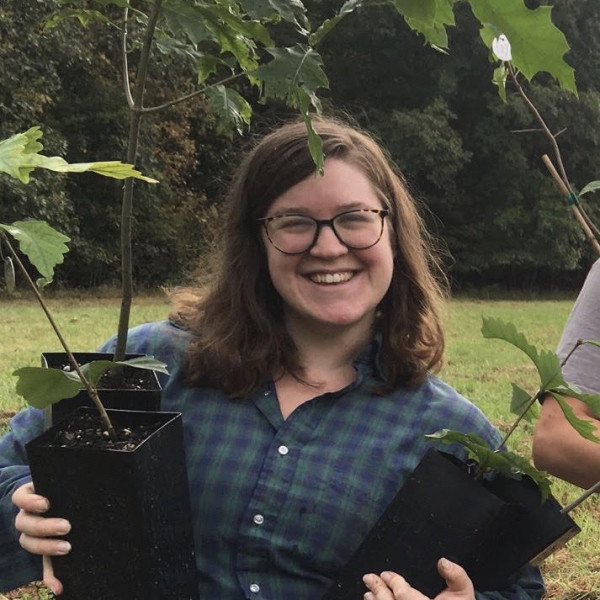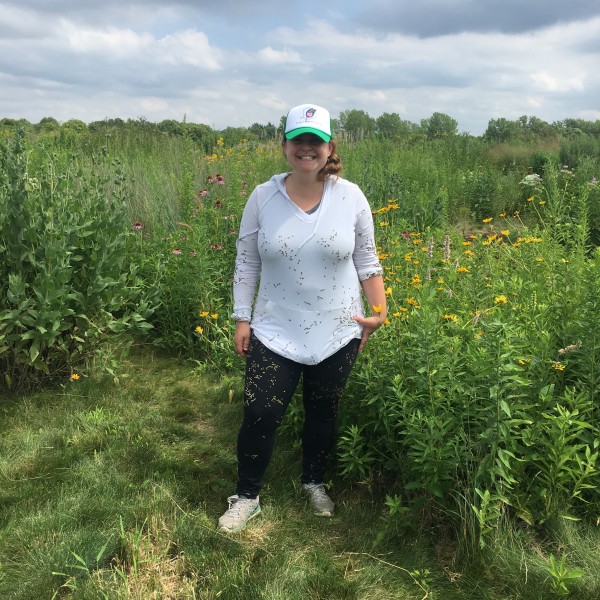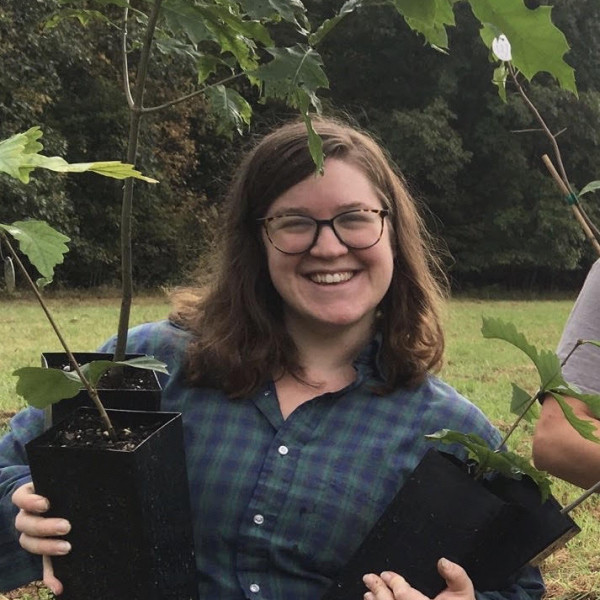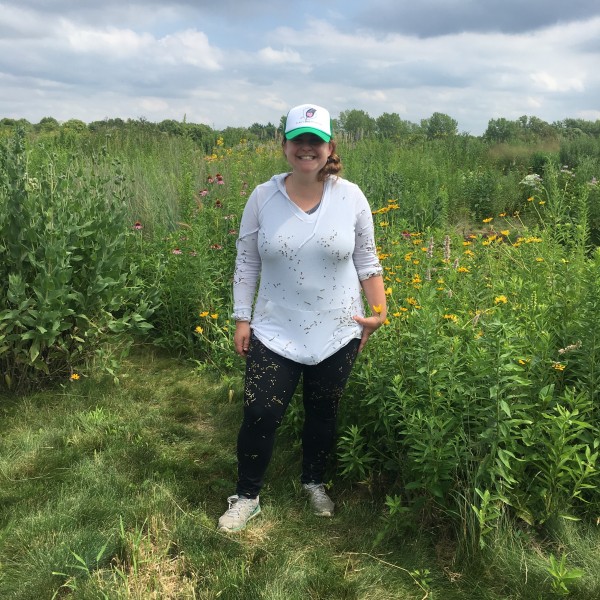
Understanding the competitive interactions between species used to restore oak woodlands 2023
1/4 of the time will be spent outside at the Chicago Botanic Garden measuring plants, the other 3/4 will be spent working on the computer to collect, organize, and analyze trait data
Ecology, Plant Traits, Natural Areas Management
Oak woodlands support high amounts of plant biodiversity throughout Illinois. However, these ecosystems have been degraded by land use changes, fire suppression, and invasive species. While invasive species removal and reintroducing fire are common practices to restore woodlands, these actions are typically insufficient to restore herbaceous diversity. Instead, restoration typically relies on the addition of native plant species through seed. However, getting these seeds to establish and persist can be challenging. The competitive interactions between species are likely to impact which species will survive in a restoration, but our understanding of how species in seed mixes compete remains limited. The outcomes of these competitive interactions are likely dependent on the amount of light availability at the restoration site, as well as the order in which species are added to a site. This summer, I will test how the species in seed mixes used to restore woodlands compete with each other, and how the amount of light resources and the order of species’ arrival may impact these competitive interactions. At the Chicago Botanic Garden, I will grow 180 experimental plant communities that contain 12 plant species found in local seed mixes. I will grow these communities in three different light environments and manipulate species’ order of arrival to investigate how competitive interactions change with light availability and arrival order. This work will increase our understanding of the processes influencing the establishment of seeded species in oak woodland restoration, which will serve to inform future seeding practices in this threatened ecosystem.
An intern on this project would assist with bi-weekly measurements of over 2,000 individual plants growing in pots outside at the Chicago Botanic Garden. The rest of the interns' time will be spent on the computer searching plant trait databases to collect functional trait data for the species in the experiment. Functional traits are those that influence how a plant establishes and survives in its environment. Using this functional trait data, we can gain a better understanding of why certain species respond to competition and arrival order in different light environments. There will also be an opportunity for the intern to develop their own independent project comparing functional trait diversity across different seed mixes. There will be opportunities to develop skills in statistics and R.



